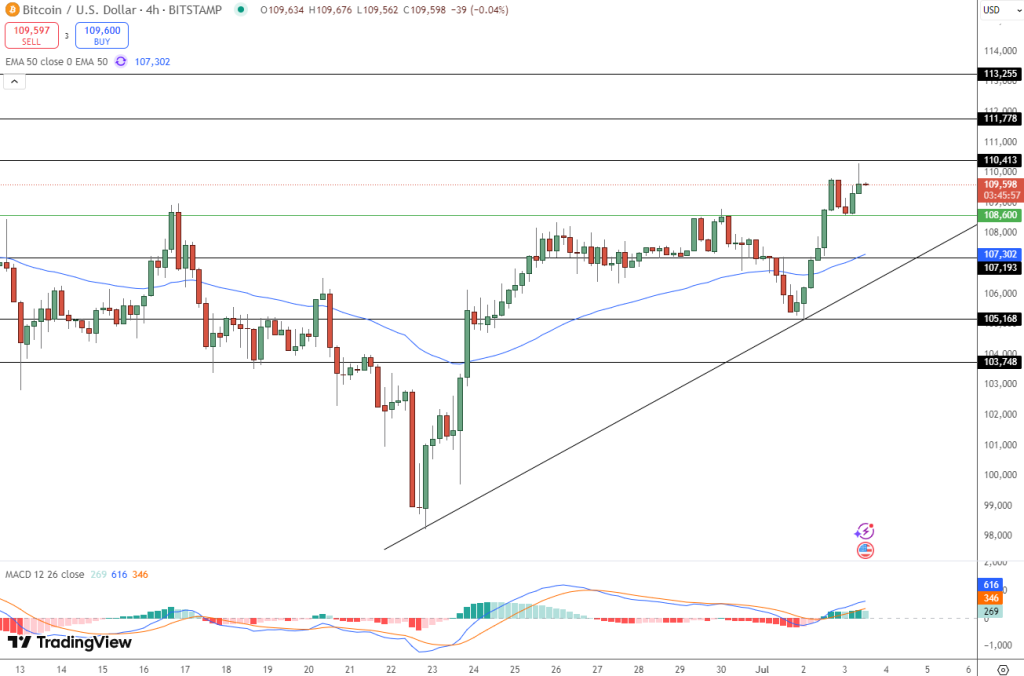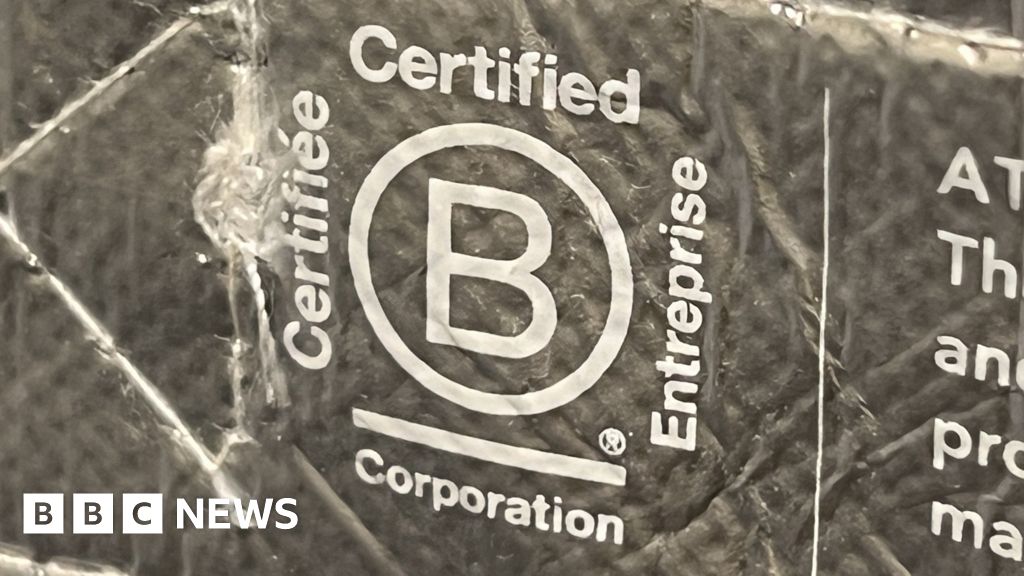The IRS has granted about $1 billion in penalty relief to some 4.7 million individuals, businesses and tax-exempt organizations that were not sent automated collection reminder notices during the pandemic.
Most getting the relief make less than $400,000 a year.
During COVID-19, the IRS temporarily suspended mailing of automated reminders to pay overdue tax bills starting in February 2022. These reminders would have normally been issued as a follow-up after the initial notice.
Although these reminder notices were suspended, the failure-to-pay penalty continues to accrue for taxpayers who did not fully pay their bills in response to the initial balance due notice.
“Given this unusual situation,” the agency said, it’s taking steps in advance of resuming normal collection notices for tax years 2020 and 2021 to help taxpayers with unpaid tax bills, including some people who have not received a notice from the IRS in more than a year.
Bloomberg via Getty Images
The service will issue a special reminder letter starting next month that will alert the taxpayer of their liability, ways to pay and the amount of penalty relief, if applied. These reminder letters will read, “LT38, Reminder, Notice Resumption.”
The IRS will issue these balance due notices and letters in gradual stages next year.
The service is also taking steps to waive the failure-to-pay penalties for eligible taxpayers affected by this situation for tax years 2020 and 2021. It estimates 5 million returns filed by 4.7 million individuals, businesses, trusts, estates and tax-exempt organizations qualify for the penalty relief.
First, the IRS has adjusted eligible individual accounts and will follow with adjustments to business accounts in late December to early January, and then trusts, estates and tax-exempt organizations in late February to early March 2024.
For more, see

Ting Shen/Bloomberg
“We are taking other steps to help taxpayers with past-due bills, and we have options to help people struggling to pay,” said IRS Commissioner Danny Werfel in a statement.
This penalty relief is automatic. If a taxpayer already paid failure-to-pay penalties related to their 2020 and 2021 tax years, the IRS will issue a refund or credit the payment toward another outstanding tax liability. It will send the first round of refunds from now through January.
If a taxpayer does not receive a refund, a special reminder notice may be sent with their updated balance beginning in early 2024. Taxpayers with questions on penalty relief can contact the IRS after next March 31.
Eligible taxpayers include individuals, businesses, trusts, estates and tax-exempt organizations that filed certain Forms 1040, 1120, 1041 and 990-T income tax returns for tax years 2020 or 2021, with an assessed tax of less than $100,000, and that were in the IRS collection notice process or were issued an initial balance due notice between Feb. 5, 2022, and Dec. 7, 2023. The $100,000 limit applies separately to each return and each entity. The failure-to-pay penalty will resume on April 1, 2024, for taxpayers eligible for relief.
Taxpayers ineligible for this automatic relief may use existing penalty relief procedures, such as applying for relief under the reasonable cause criteria or the “First-Time Abate” program.
Notices resume
In January, the IRS will begin sending automated collection notices and letters to individuals with tax debts prior to tax year 2022, and businesses, tax-exempt organizations, trusts and estates with tax debts prior to 2023, with exceptions for those with existing debt in multiple years. Current tax year 2022 individual and Q3 2023 business taxpayers began receiving automated collection notices this fall.The pause in collection mailings affected only follow-up reminder mailings. The IRS did not suspend the mailing of the first, or initial, balance due notices for taxpayers such as the CP14 and CP161 notices.
Credit: Source link











